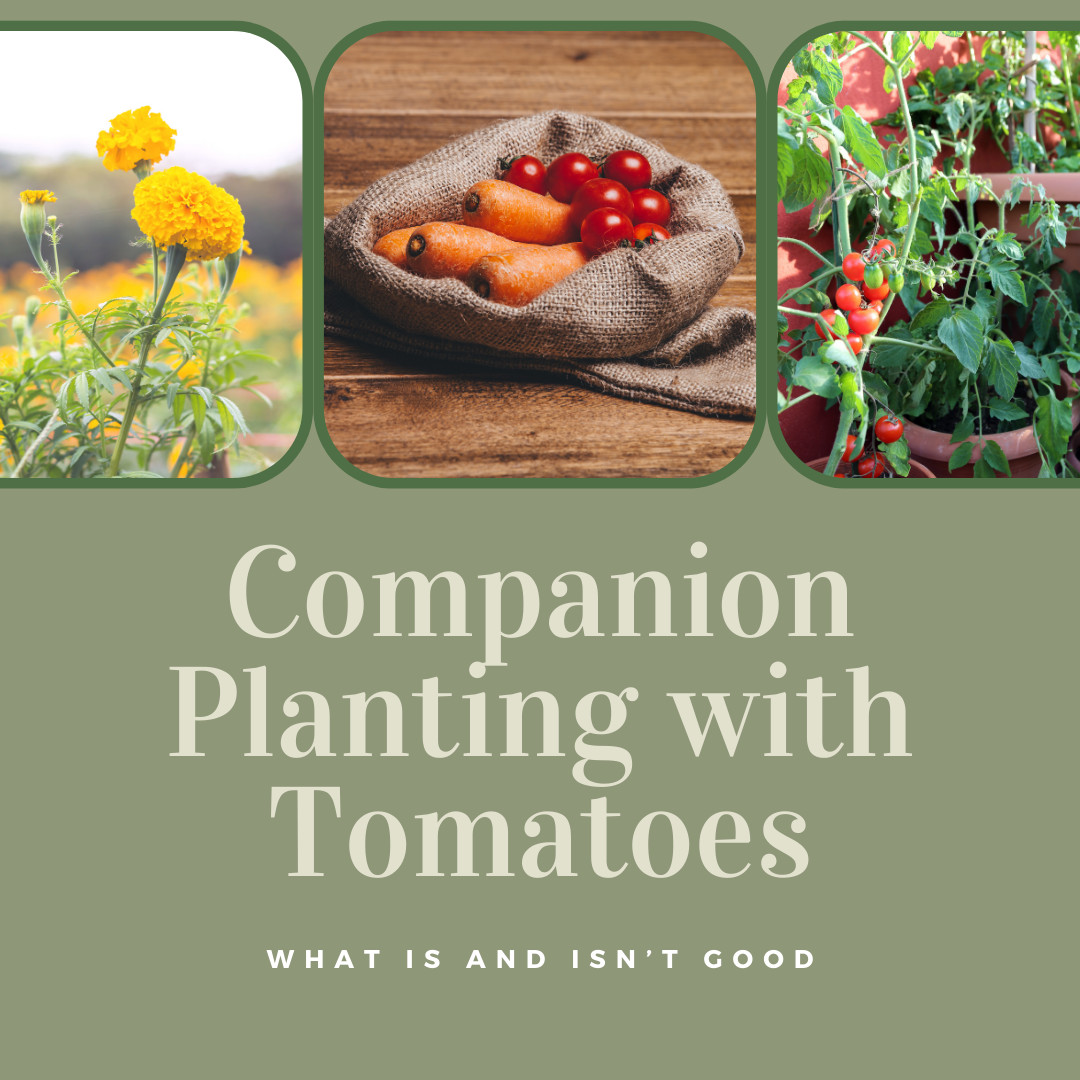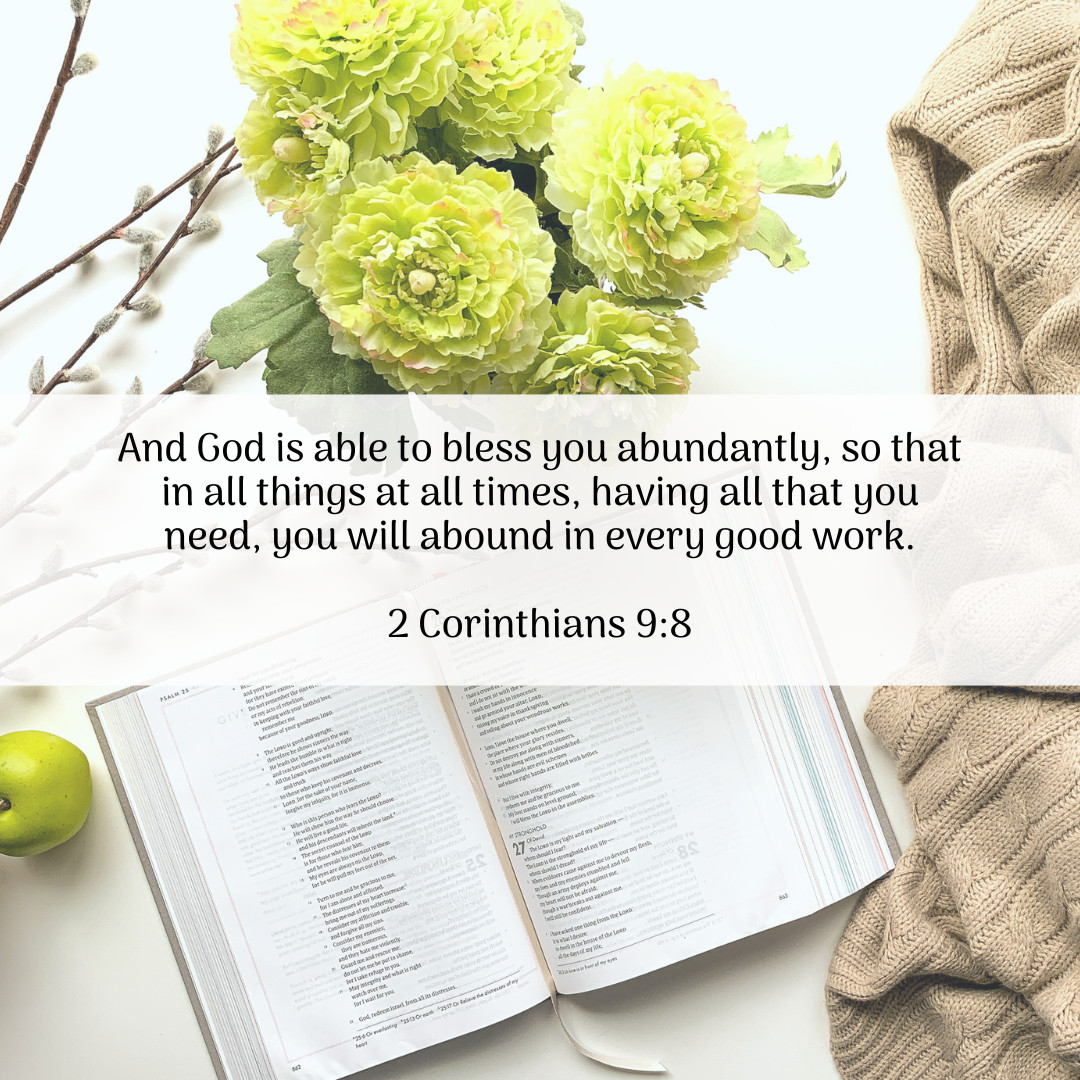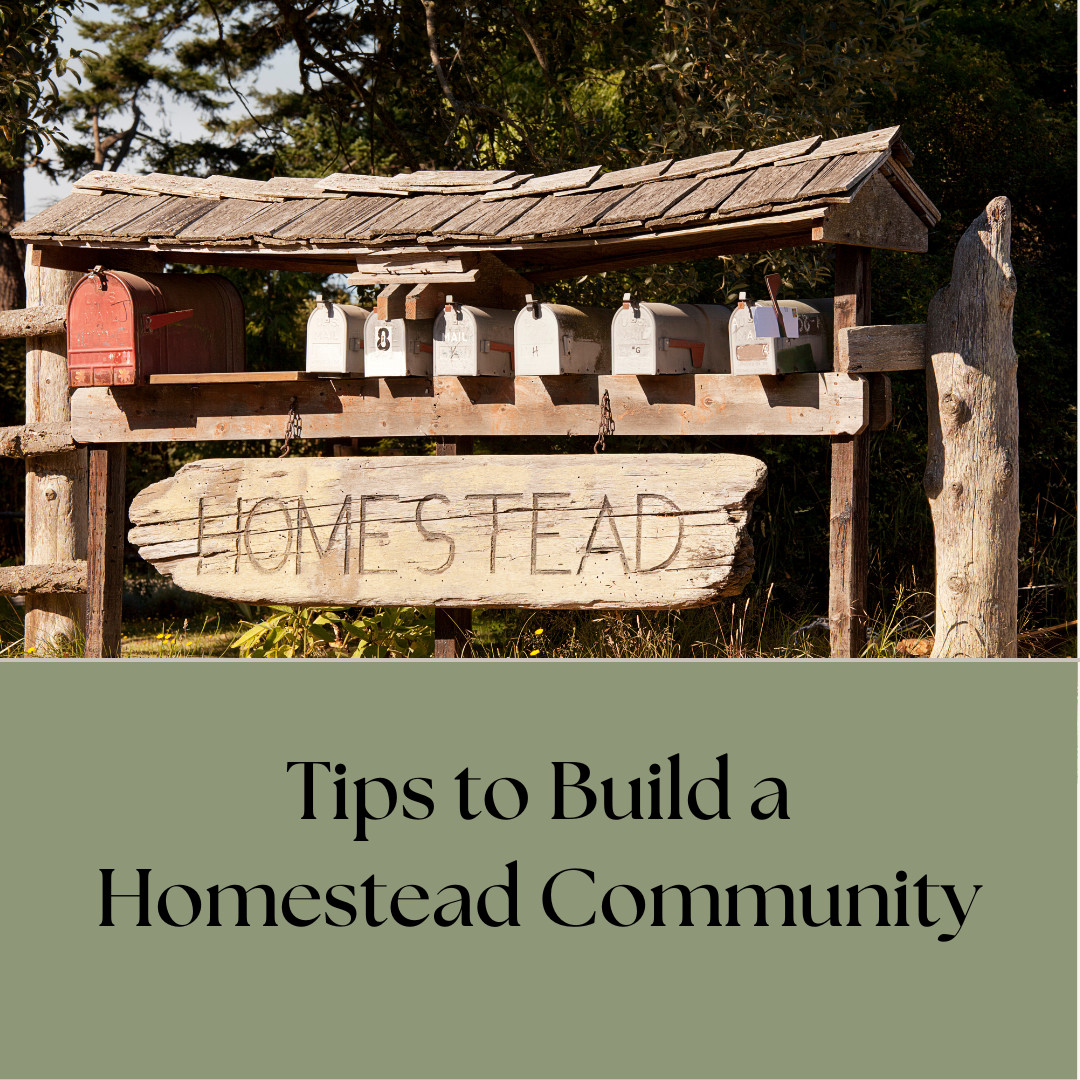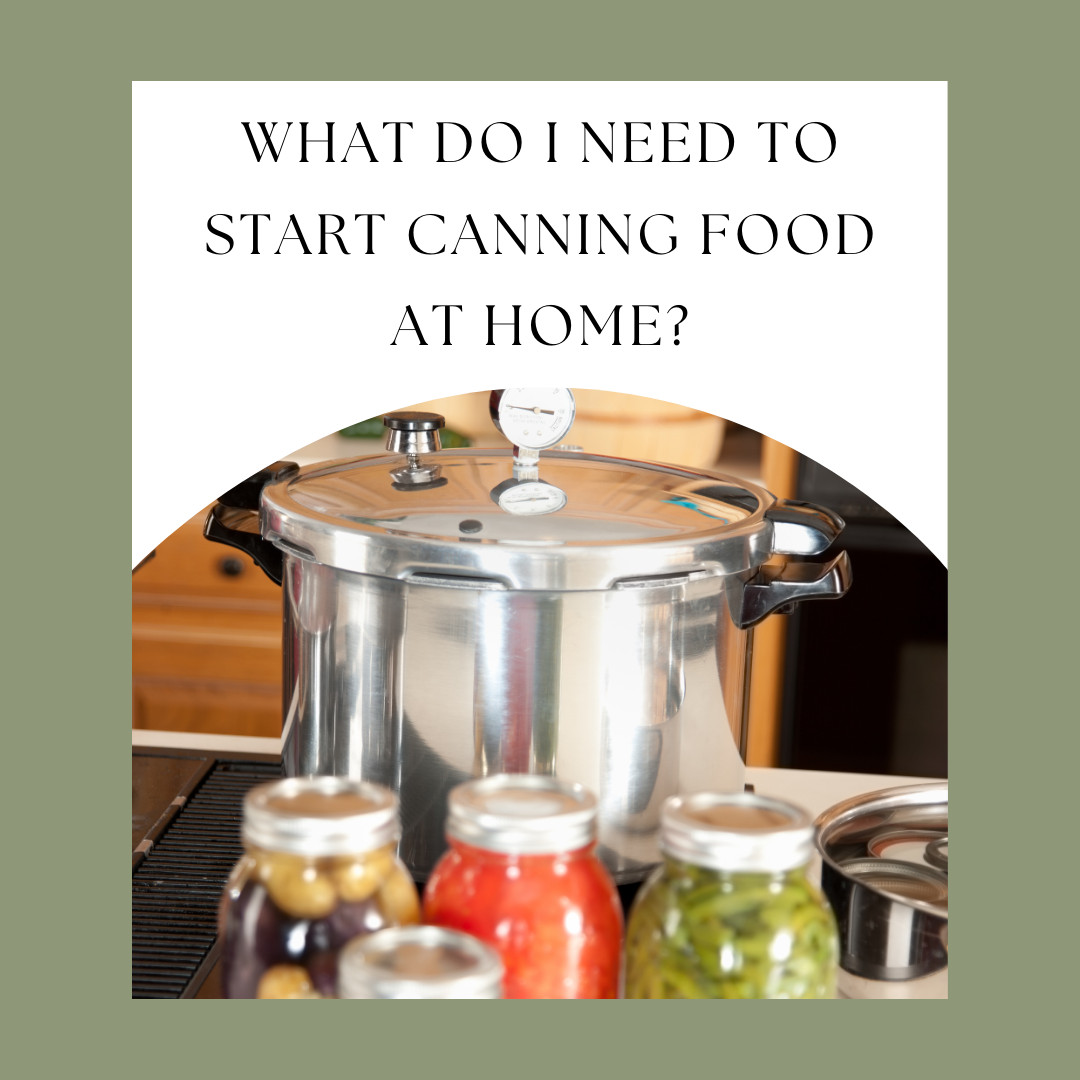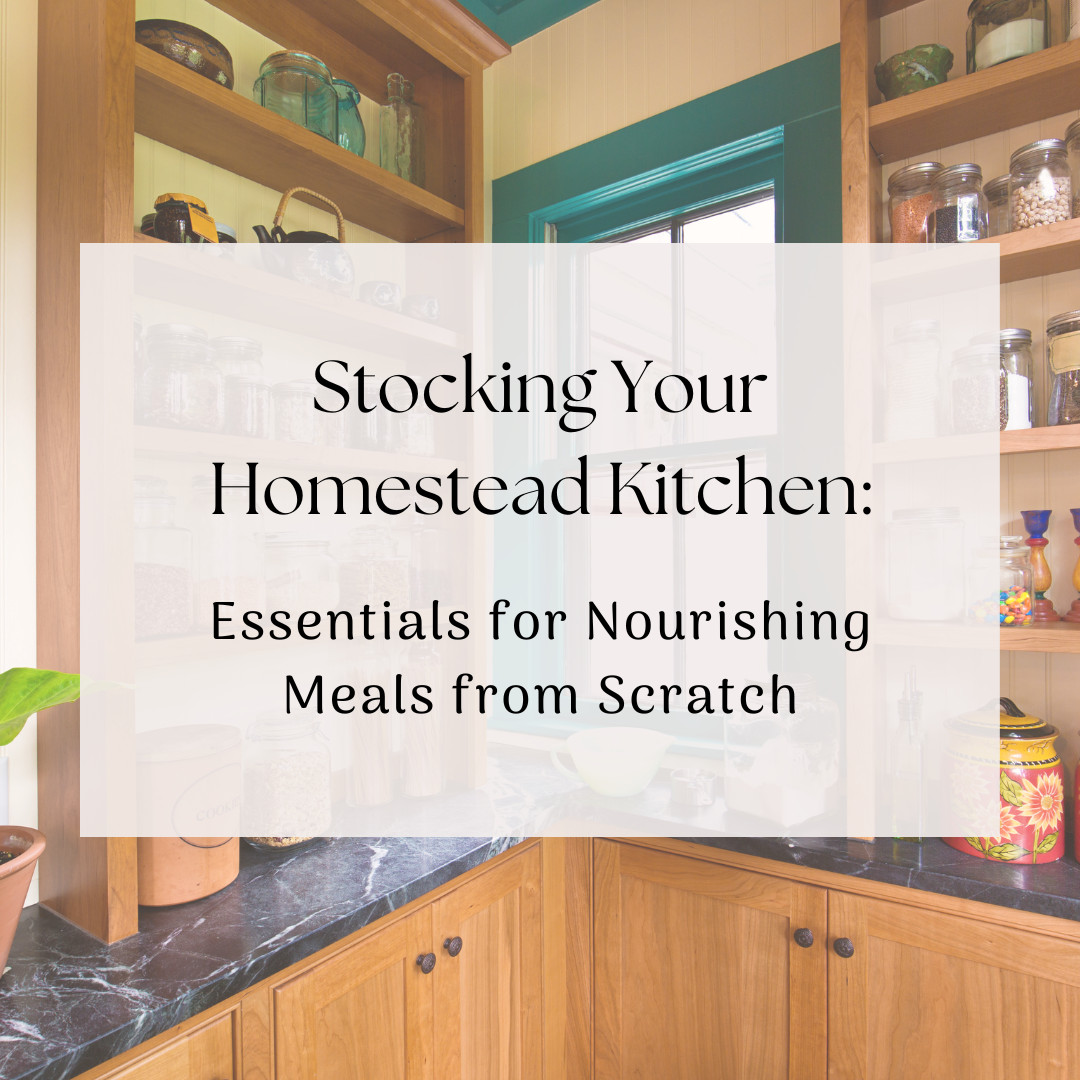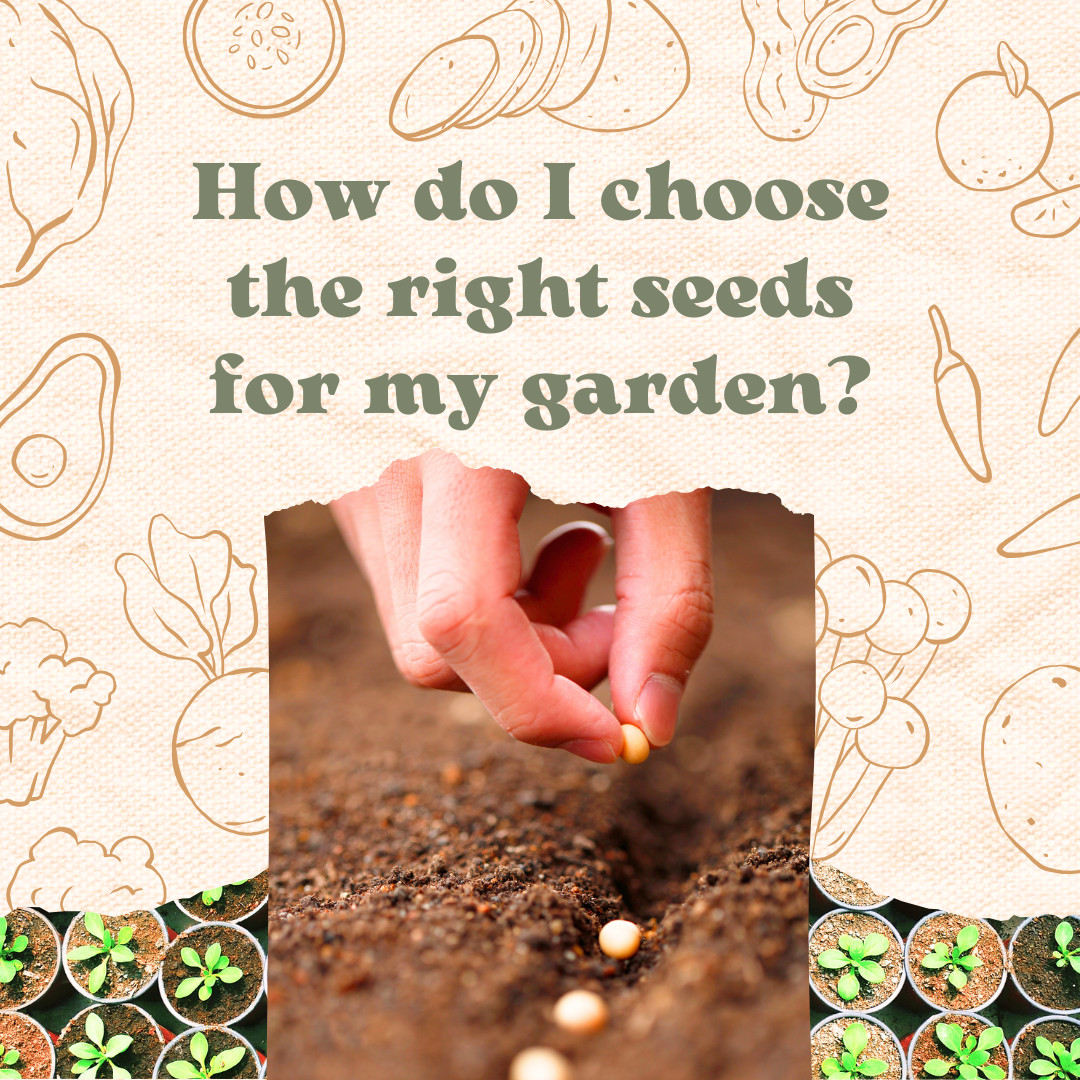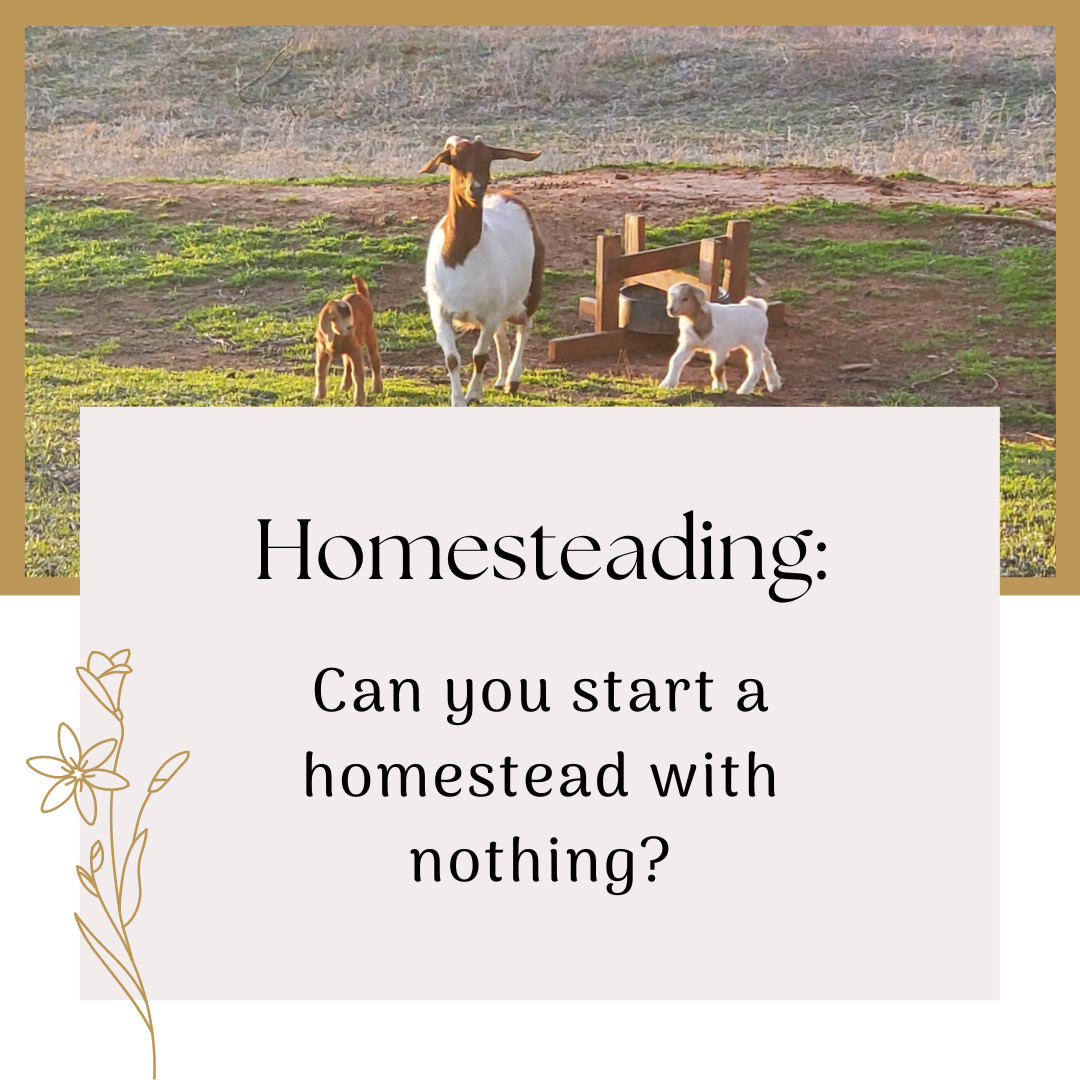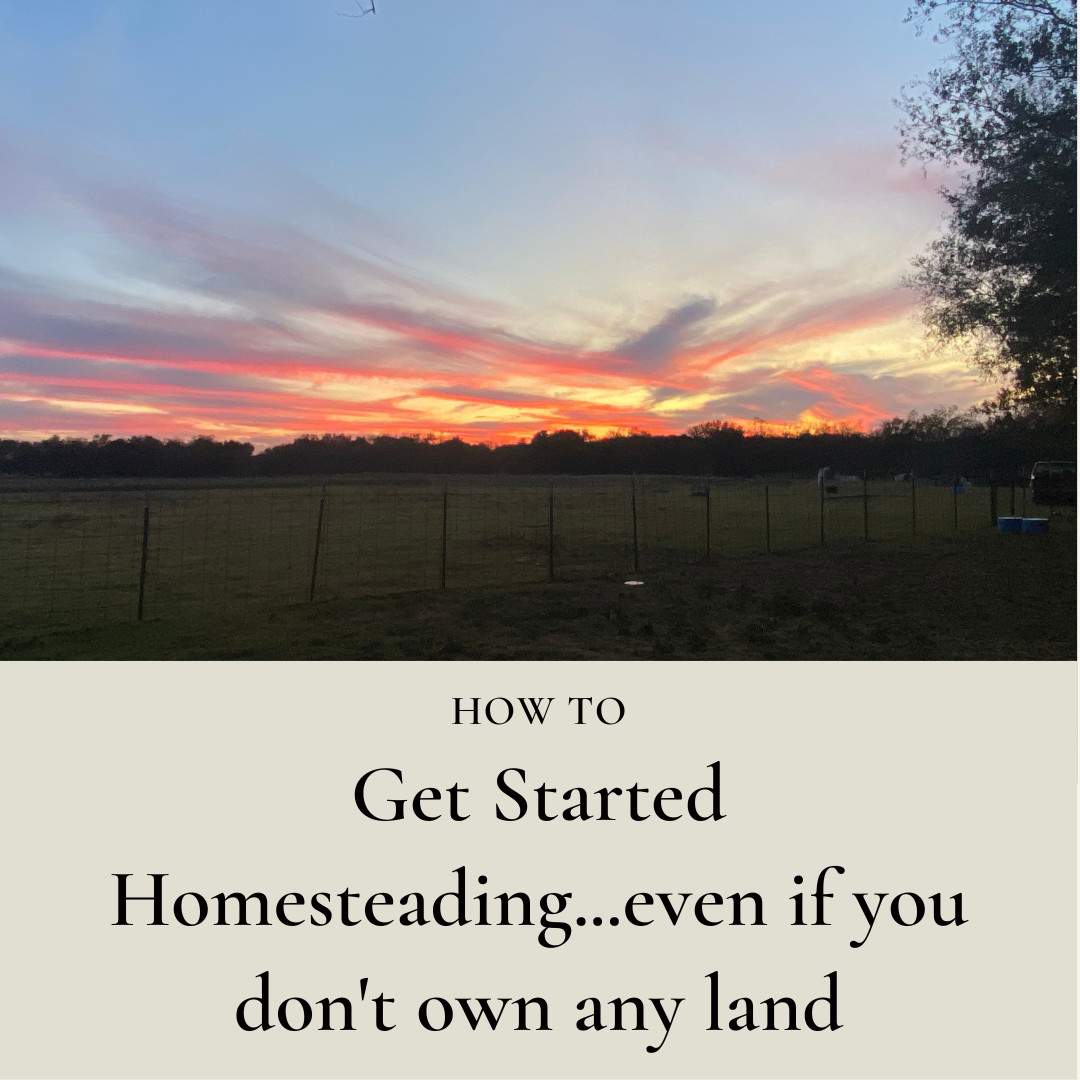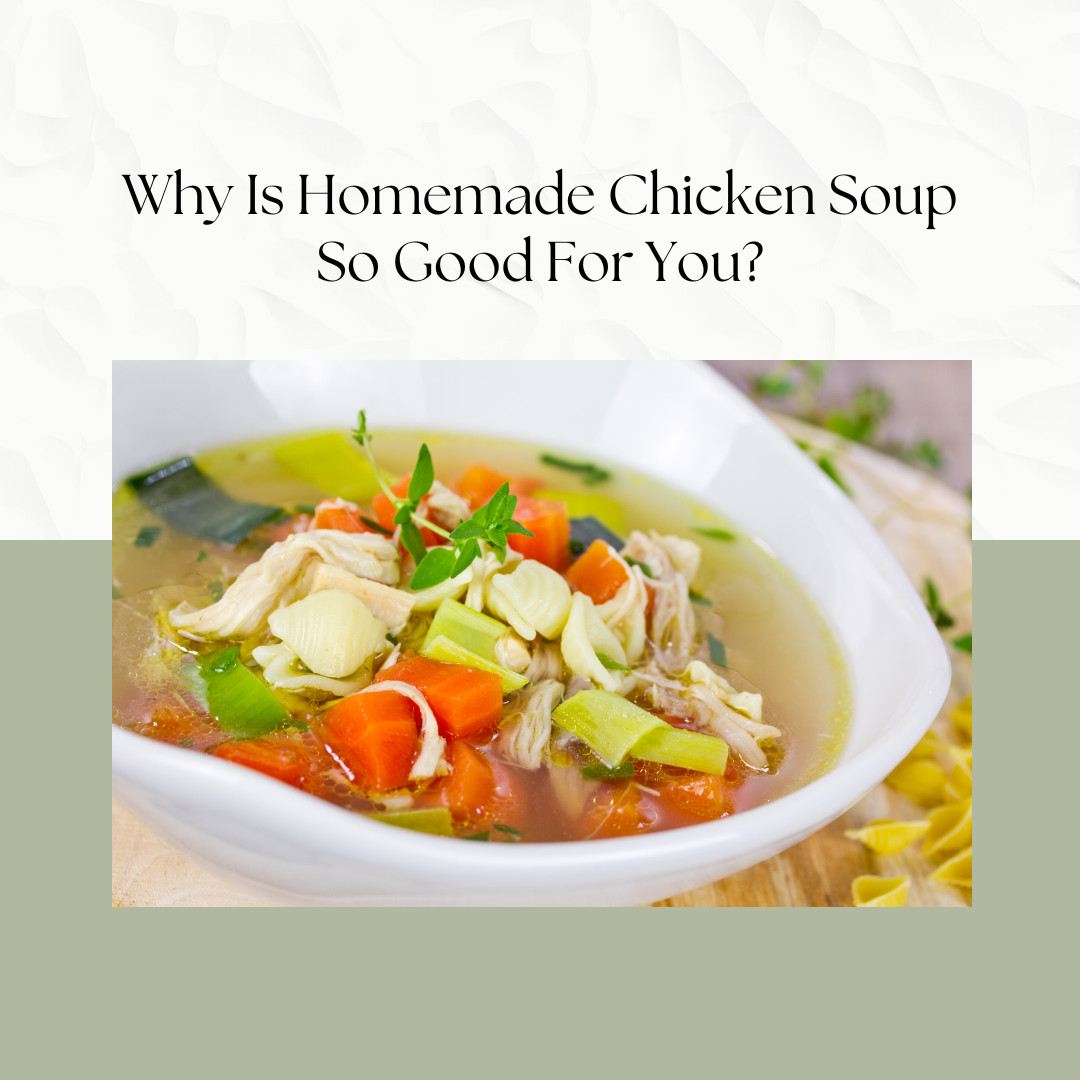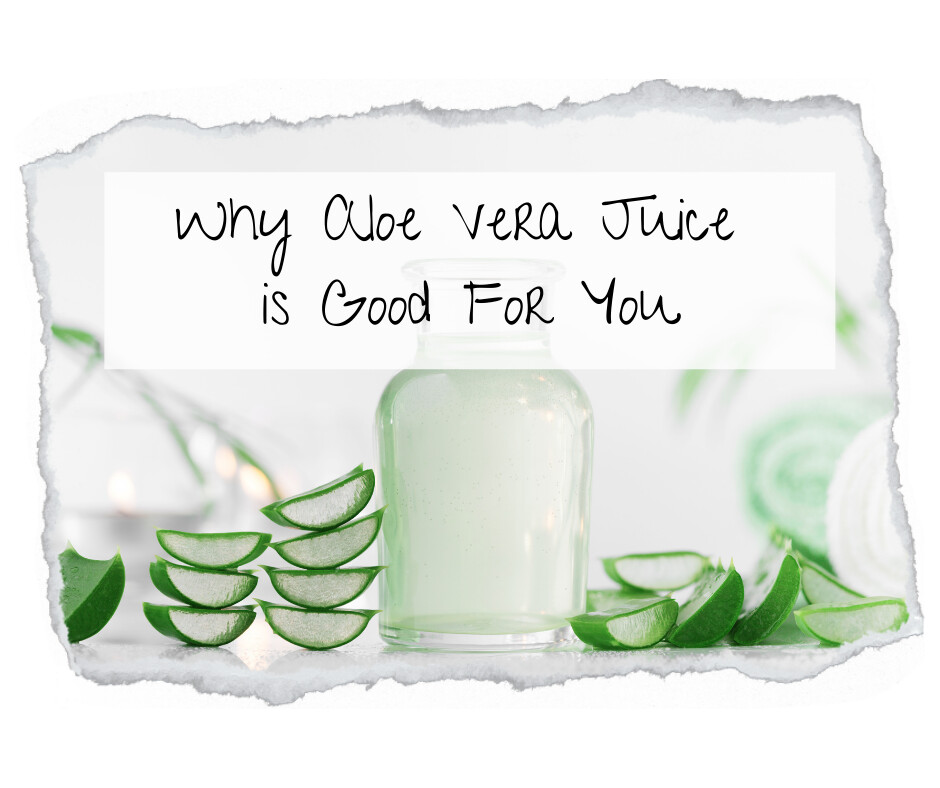
- Antioxidant rich
- Aid and support for digestion
- Helps with body alkalinity
- Hydration for skin
- Liver function
- and potentially so much more!
Kyleigha had a bit of a rough start in life, you can read a little more about it here. When she was in kindergarten, it wasn’t uncommon for me to get a phone call saying she wasn’t feeling well or that she had a high temperature. We were constantly going to the doctor and trying to figure things out. I finally got them to refer us to Children’s Hospital to see a specialist. At the age of 5 she was diagnosed with Hyperoxaluria. Not only was this a huge word I had never even heard before, it was also something that not many people even knew about. The doctor (who was amazing!) felt we could handle things by watching her diet instead of using medication so she sent us to a dietician. This was huge for us! So, off to the dietician we went. Guess what? Even she couldn’t help us. Yep, that’s right. She didn’t know enough about it and was basically no help at all.
Once again, this momma bear had to take matters into her own hands. It was time to do some more research.
What exactly Hyperoxaluria is…
According to Wikepedia, Hyperoxaluria is an excessive urinary excretion of oxalate. Individuals with hyperoxaluria often have calcium oxalate kidney stones.
The short of it is this: have a low sodium, low oxalate diet to help prevent kidney stones from forming.
We don’t know if Kyleigha ever had kidney stones. What we do know is that she often had blood in her urine and had “tummy” aches. Either way, because of this condition, we had to watch her diet. We were told that she should have no more than 140mg of sodium per serving. Now, if you have ever read labels on the shelf, you know that this is near impossible to do.
Grocery shopping and meal planning just got hard
I had to fight back the tears every time I shopped. How was I supposed to take on these new dietary needs when no-one could help me?
Foods high in oxalate
What exactly are foods high in oxalate?
These are foods such as: (if you do a quick search you are bound to see a few variances)
- Beans
- Beer
- Beets
- Berries
- Chocolate
- Cocoa Powder
- Coffee
- Cranberries
- Dark green vegetables, such as spinach
- Nuts
- Okra
- Oranges
- Rhubarb
- Soda (cola)
- Soy beans
- Soy milk
- Spinach
- Sweet potatoes
- Tea (black)
- Tofu
- Wheat bran
How we do low-sodium
We have also found that when we use pink himalayan salt, it doesn’t affect her as badly. It has a lower sodium content than regular table salt. Table salt may have about 2300 mg of sodium per tsp, sea salt has about 2000 mg of sodium per tsp, while pink himalayan salt has only about 1700 mg per tsp. That’s a pretty big difference when you are on a low-sodium diet!
Learning to do it on her own
By the time Kyleigha was 8 years old, she had already been on her special diet for 3 years so I decided to hand over some of the responsibilities to her. If this was something she was going to be dealing with her whole life, I wanted her to know how to read and understand her body.

Gluten-Free Pancakes (no egg, no dairy)

Ingredients
- 1 cup gluten-free 1 for 1 flour
- 1 Tbs ground flaxseed (flax meal)
- 2 tsp baking powder
- 2 tsp ground cinnamon
- 1/4 tsp himalayan salt (or sea salt)
- 2 Tbs pure maple syrup (can also use honey)
- 1 tsp vanilla
- 1/4 cup buttermilk (see note)
- 1 cup almond milk
Instructions
- Grease griddle and preheat (see notes for suggestion).
- In mixing bowl, combine flour, flax meal, baking powder, cinnamon, and salt. You can sift if you want it more fine. I skip this step because it seems to work fine to just mix it.
- In another bowl, combine maple syrup, vanilla, buttermilk (see note), and almond milk. Slowly mix in half of the liquid into the dry ingredients. Stir continually as you add the rest, 1/4 cup at a time. This helps keep it from being too runny. Mix until all the lumps are out of the batter.
- Place about 1/4 cup of mix onto prepared hot griddle.
- Cook for 1-2 minutes, or until they start to bubble around the edges. Flip and cook the other side for an additional 1-2 minutes. Remove and serve.
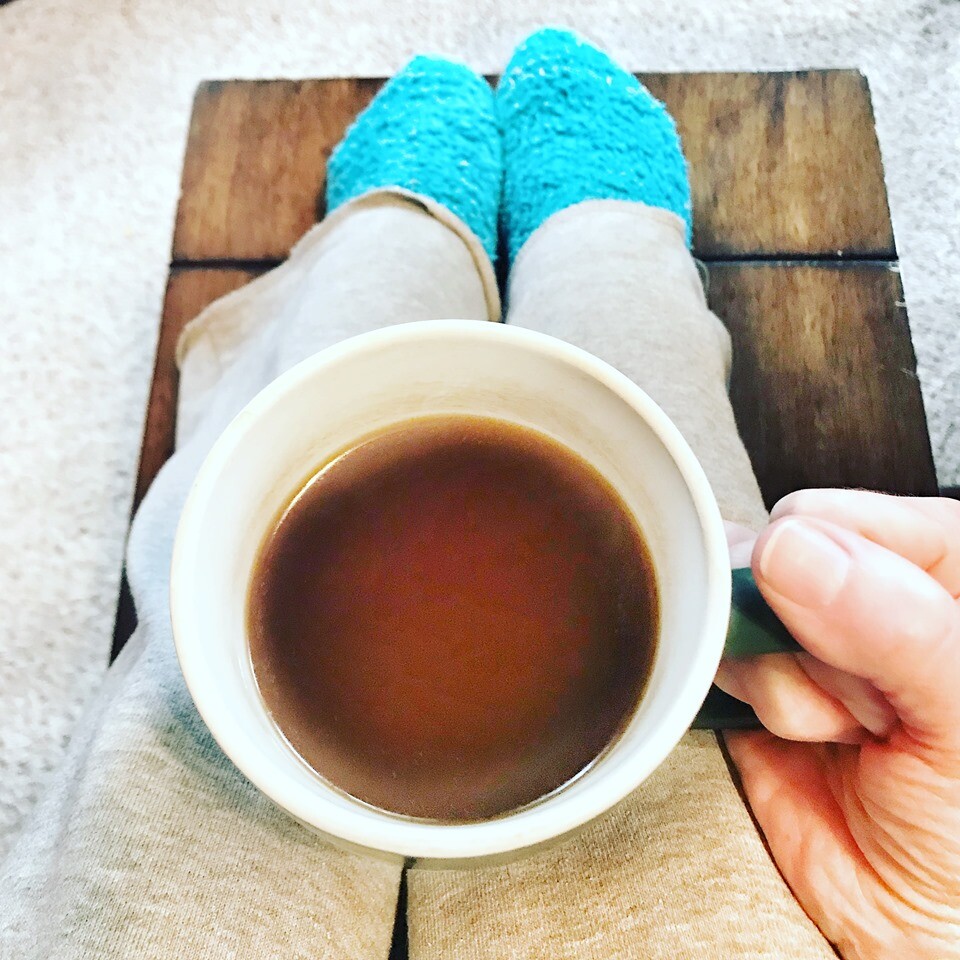
I enjoy drinking coffee. Ok, I LOVE drinking coffee! However, I’m a bit of a coffee snob. I’m very picky about the coffee I drink. Years ago I noticed that my stomach had a sensitivity to coffee. I then tried a more expensive brand, which made a difference. But over time, even that seemed to upset my stomach. What’s a coffee-lovin girl to do when she can no longer enjoy drinking coffee?
As the years went on my family became more and more health conscious. That’s when I decided to try organic coffee beans. You better believe it made a difference! Isn’t that odd? Just a simple switch to organic and I can drink coffee again. Well, turns out conventional coffee is among the most heavily chemically treated foods in the world. Yep, no wonder my body couldn’t handle it! You can read more about this here.
One of my favorite brands is Equal Exchange (this link will give you FREE shipping!). Not only are they organic, they also take great measures in how the grow and process their coffee. They process through non-chemical means to eliminate any threat of mold getting into the coffee. Believe it or not, this is actually a big deal and something to be on the look-out for.
My favorite is the Ethiopian blend. It has such a rich yet smooth flavor. There is NO added flavoring. Hooray for a natural flavor! If you prefer more of a light or dark roast they have plenty to offer! They also have chocolates, teas, and a few other items to choose from. Mmmm...chocolate and coffee, two of my favorite things!



